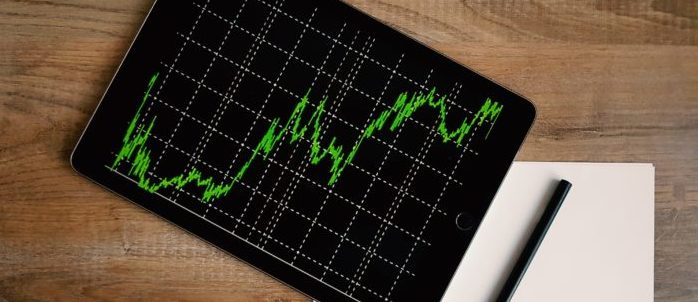Originally published in PE Hub
By Craig Lawson, MHT Partners
The special purpose acquisition company, or SPAC, is back. This unique, at times misunderstood, hybrid investment vehicle has enjoyed a strong resurgence in recent years.
SPACs, known on Wall Street as blank-check companies, enable investors to acquire equity in a company formed for the sole purpose of finding an appropriate firm to buy.
In other words, when investors buy shares in a SPAC, they bet on the bus driver rather than the bus itself because the exact bus has not yet been identified.
The popularity of the vehicle is undeniable. Through mid-August, 28 SPAC listings raised nearly $6.8 billion, putting the market on pace for a record full year.
In 2017, more than $10 billion of SPACs were issued via 34 offerings. That was the highest amount since the $12 billion that listed in 66 offerings in 2007, the year before the global financial collapse, according to SPAC Analytics data.
The market for SPACs collapsed after the crisis, hitting just $36 million in 2009. But it revived by 2015 when there were nearly $4 billion in offerings.
SPACs can give investors exposure to particular sectors of the economy. Two thirds of SPACs have industry-specific focuses while a third have no industry bias.
Among offerings from 2014 to 2017, 38 percent of SPACs invested in the energy sector, 14 percent in technology, 9 percent in healthcare, 8 percent in the consumer sector, 7 percent in industrials, 6 percent in media and 19 percent in all other sectors.
But despite their obvious appeal, SPACs, like other investment vehicles, have some risks to go with the rewards of landing the right investment.
Risk lies in a SPAC’s ability to identify, negotiate and close on an acquisition that is unknown. SPACs also carry relatively higher costs than other investments (including the sponsor typically acquiring 20 percent ownership for a relatively modest investment to establish and fund the initial vehicle).
On the other hand, SPACs are considered relatively low risk because investors in them have a redemption right that they can exercise if they disapprove of the SPACs acquisition candidate.
Additionally, when a SPAC fails to identify a suitable acquisition target within a defined period — usually 18 months to three years — cash is returned to investors. (Of 310 SPACs that raised $51.5 billion in listings in the U.S. since 2003, 82 returned $10.7 billion to investors.)
Until the SPAC makes an acquisition, investors’ funds reside in a secured trust account and contain, at a minimum, the equivalent of the public common-stock units at the IPO price (typically $10 a share). These escrowed funds also typically earn nominal interest before being deployed to fund an acquisition.
Further complexity exists in the SPAC structure. That’s because a typical common-share unit of a SPAC will also have an out-of-the-money warrant attached to it.
A typical SPAC common-unit structure would have 0.5 to 0.66 warrant attached to acquire one common-share unit at a premium to the $10 a share. At IPO, only the common unit trades, but the common unit and warrants decouple for individual trading after a short period, giving investors different ways to play SPACs.
Warrant holders have upside in that they have an option on the SPAC’s future acquisition target and warrant pricing tends to jump once the likelihood of a SPAC acquisition becomes more apparent. Should the SPAC fail to close an acquisition, the warrants expire worthless.
SPACs are often led by a star investor or executive, such as the aforementioned bus driver. For example, Daniel Hennessy, formerly of middle-market PE firm Code Hennessy & Simmons, sponsors Hennessy Capital Acquisition Corp. III and previously sponsored two other SPACs.
While SPAC documents often require an acquisition to be equivalent to at least 80 percent of the escrowed funds, SPAC sponsors often strive for a significantly larger acquisition size, given their ability to structure and finance larger deals.
SPACs have long enjoyed favor with hedge funds because of their structure and warrant-pricing inefficiencies. And current interest is also driven by rising stock-market valuations because SPACs can bridge the delta between low private-market multiples and high public-market valuations.
For example, the S&P 500 now trades at an LTM PE of ~23x (or ~14x LTM Ebitda), while private-market LTM Ebitda valuations are closer to 10x, representing a meaningful arbitrage opportunity for both the selling company and the SPAC.
With plenty of companies waiting for IPOs, and a number of private firms worried that some projected unicorns might not sustain their valuations, the market for SPACs looks certain to remain a hot alternative.
Craig Lawson is a co-founder and managing director at MHT Partners, an investment bank with offices in San Francisco, Dallas and Boston.

